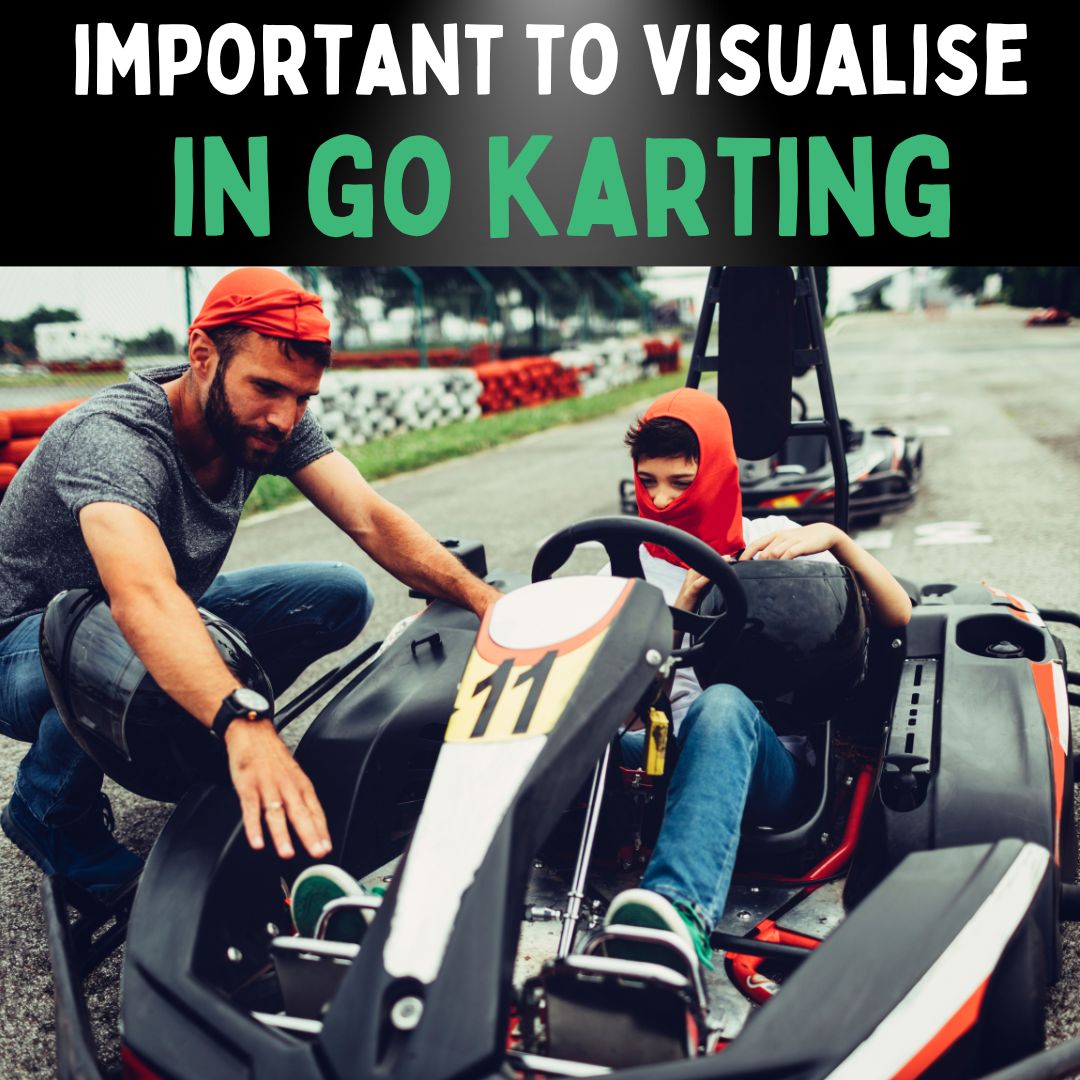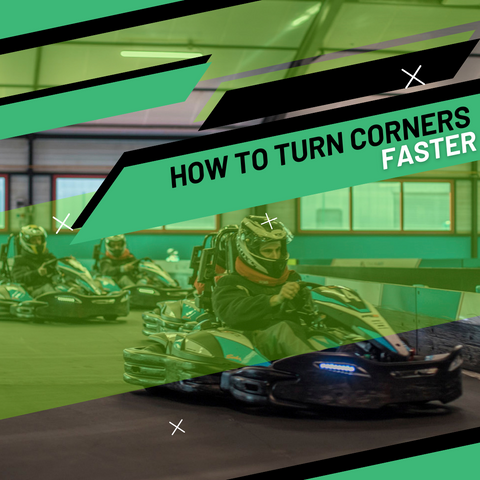
Updated: 25.4.25
In the high-speed world of go-kart racing, the difference between victory and defeat often comes down to razor-sharp decisions made in split seconds.
But it's not just physical skill that sets top drivers apart—it's their mental edge. One of the most powerful tools in a racer's mental toolkit? Visualisation.
Often used by elite athletes across sports, visualisation is just as valuable in go-kart racing. In this article, we’ll explore how mentally rehearsing the track can give you a major advantage—whether you’re a weekend warrior or a competitive racer.
Why Visualisation Matters in Go-Karting
Boosts Performance
Mental rehearsal sharpens your reactions and helps you anticipate racing lines, braking zones, and overtaking spots before you even hit the track. Visualising the course is like downloading a mental GPS system—it guides your every move with precision.
Builds Confidence
Seeing yourself succeed before the race begins helps reinforce belief in your skills. This confidence translates into smoother, more assertive performance on the track.
Manages Stress
Racing nerves? Visualisation helps calm pre-race anxiety by reducing the number of unknowns. When you've already “driven” the race in your mind, you're better prepared for real-time pressure.
Sharpens Focus
When seconds count, laser focus is key. Mental rehearsal helps you tune out distractions and zone in on the race ahead.
Gives a Strategic Advantage
By mentally navigating the circuit, drivers are better equipped to plan overtakes, adapt to track changes, and respond to challenges—before they even happen.
How to Visualise Effectively
Break Down the Corners
Visualise each turn in three phases—entry, apex, and exit. This helps you predict how your kart will respond and how to maintain momentum through each section.
Related: How To Turn Corners Faster
Visualise Specific Track Events
Don’t just see the whole race—visualise your actions at each bend, straight, or chicane. Think braking points, gear changes, and where you can gain time.
Use All Senses
See the track. Hear the engine. Feel the steering wheel. Smell the rubber. Engage all senses to create a full-body experience that preps your mind for the real deal.
Visualise in Isolation
Find a quiet space where you can focus. The more uninterrupted your visualisation session, the more effective it will be.
Plan for Weather and Track Conditions
Visualise different track scenarios—wet surfaces, high grip, strong winds. Practising your mental response to conditions builds adaptability and control.
Rehearse Real Race Situations
Imagine being challenged for position, making last-minute overtakes, or recovering from a mistake. By mentally preparing for these scenarios, you reduce hesitation and increase race-day readiness.
Track Your Progress
Keep a journal or notebook. Record which visualisation exercises worked, how they impacted your race, and where you can improve. Self-awareness boosts results.
Pair with Physical Training
Integrate visualisation into your workout. While training your body, also train your mind. Picture yourself attacking corners or accelerating on straights—it builds mental stamina alongside physical strength.
What Not to Do
Being Too Vague
Don’t just think, “I’ll do well.” Picture *exactly* how you'll take Turn 3 or when you’ll brake before a hairpin.
Visualising in a Distracted Environment
Visualisation requires full concentration. Avoid noisy, crowded settings where your focus can be broken.
Ignoring Sensory Detail
The more immersive your mental rehearsal, the more beneficial it becomes. Engage all your senses to make it feel real.
Making It Part of Your Training Routine
Fine-Tune for Every Race
Use visualisation during your daily prep—not just before big events. Repetition helps create muscle memory in the mind.
Maintain Isolation and Discipline
Schedule quiet time for your mental practice. Consistency is where the magic happens.
Develop a Winner's Mindset
Think like a champion. Prepare for pressure. Visualise success not as an outcome—but as something you’ve already achieved through training.
Advanced Techniques for Competitive Drivers
- Simulate Full Races – Mentally drive through an entire race, including tyre wear, pit stops, and strategy shifts.
- Visualise Specific Rivals – Rehearse overtaking your biggest competitor or defending your position.
- Use Virtual Reality – VR tech offers a powerful tool to simulate tracks and enhance realism.
- Analyse Telemetry Data – Use your kart’s data to visualise ideal braking points, throttle application, and turn-in angles.
- Visualise Setup Changes – Mentally assess how changes in tyre pressure or suspension might affect kart handling.
- Prepare Emotionally – Visualise handling nerves, adrenaline, and the pressure of a last-lap duel.
Conclusion
Success in go-kart racing isn’t just about who has the fastest kart or strongest grip—it’s also about who is mentally prepared.
Visualisation gives you an edge in performance, confidence, focus, and composure. Whether you’re a novice or a seasoned racer, training your mind is just as important as tuning your machine.
So, the next time you hit the track—ask yourself: have you already driven this lap in your head?
FAQs
How does visualisation help go-kart racers?
It prepares the mind for competition by mentally rehearsing actions, increasing confidence, and helping manage pre-race nerves.
What are the best techniques for visualisation?
Break down corners, rehearse real-time scenarios, use all senses, and find a quiet space for practice.
Why is it important to include visualisation in training?
It enhances physical preparation, improves mental toughness, and builds a strong foundation for race-day performance.
What mistakes should I avoid?
Avoid vagueness, distractions, and surface-level visualisations. Be detailed, consistent, and immersive.
Ready to Put It All Into Practice? 🚀
Loved our deep dive into “Why It's Important to Visualise the Go Kart Track”? Let’s take that focus to the next level.
Whether you’re a racing parent or a mini motorsport star in the making, we’ve got your perfect ride-on waiting.
Click below to explore the full RiiRoo go-kart collection!







Share:
Go Kart Passing – How to Overtake Like a Pro
Consistency in Go Kart Setup is Crucial